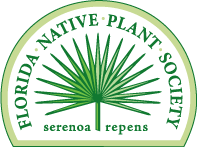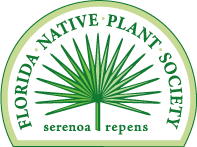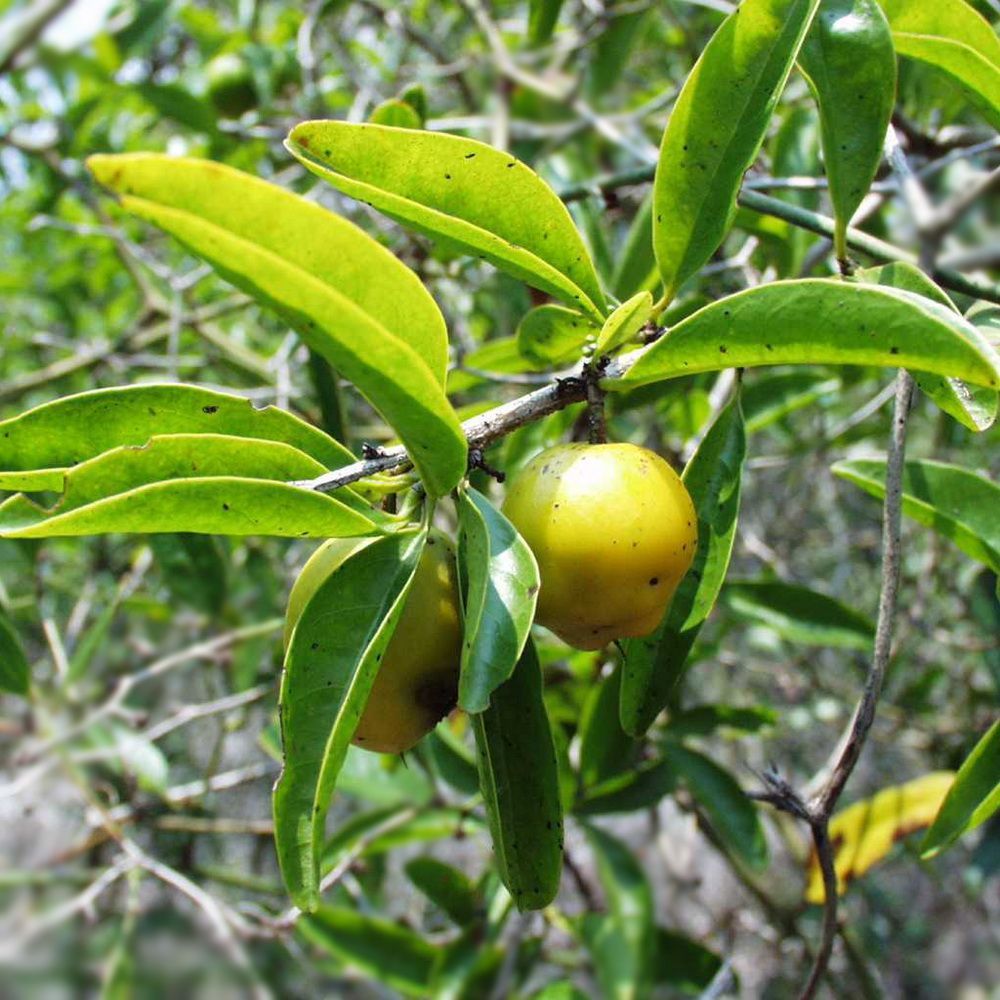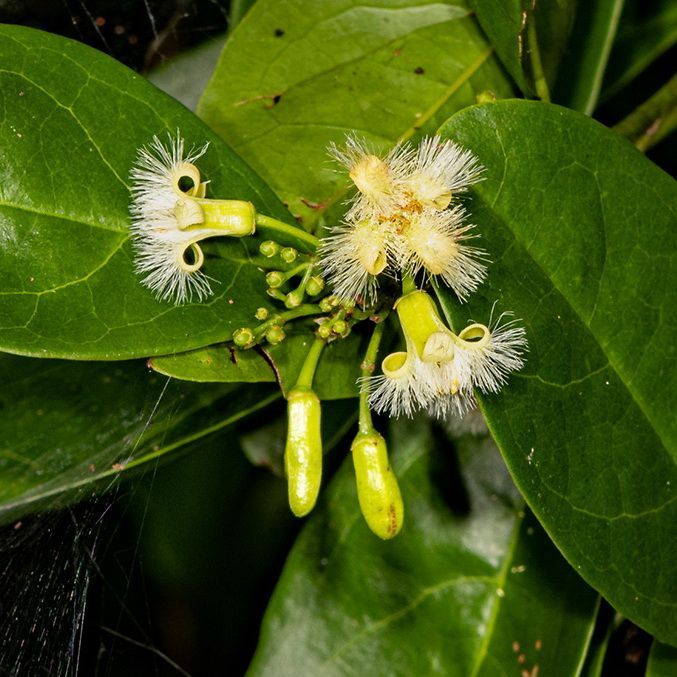FNPS Plant Database
Ximenia americana
Nomenclature
Common Name:
Synonym(s):
Genus species:
Family:
Olacaceae
Plant Specifics
Form:
Size:
Life Span:
Long-lived perennial
Flower Color:
Fruit Color:
Phenology:
Noted For:
Landscaping
Recommended Uses:
Considerations:
Availability:
Propagation:
Light:
Moisture Tolerance:
Always Flooded---------------------------------Extremely Dry
□□□□□□□□□■■■■■■■■■■■■■■■■■■■■■■■■■■■■■■□□□
Stays wet -to- Very long very dry periods
Salt Water Flooding Tolerance:
Unknown
Salt Spray/Salty Soil Tolerance:
Moderate. Tolerant of salty wind and may get some salt spray.
Soil or Other Substrate:
Sand, Loam, Lime Rock, Organic
Soil pH:
Suitable to Grow In:
9A,9B,10A,10B,11

USDA zones are based on the average annual extreme minimum winter temperature.
Don't know your zone? Click here to search by zip code.
Ecology
Wildlife:
Attracts pollinators, especially bees. Documented bees in clude Agapostemon splendens, Augochloropsis sumptuosa, Dialictus placidensis, Coelioxys germana, Megachile mendica, Melissodes communis , and Apis mellifera (honeybee) (Deyrup et al. 2002).
Birds and other wildlife will eat the fruit.
Native Habitats:
Natural Range in Florida:
Visit the USF Libraries Atlas of Florida Plants
Comments:
Ethnobotany:
General Comments:








